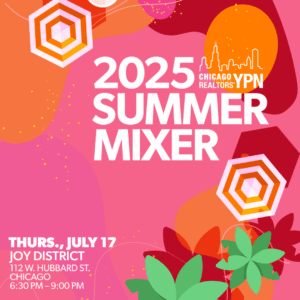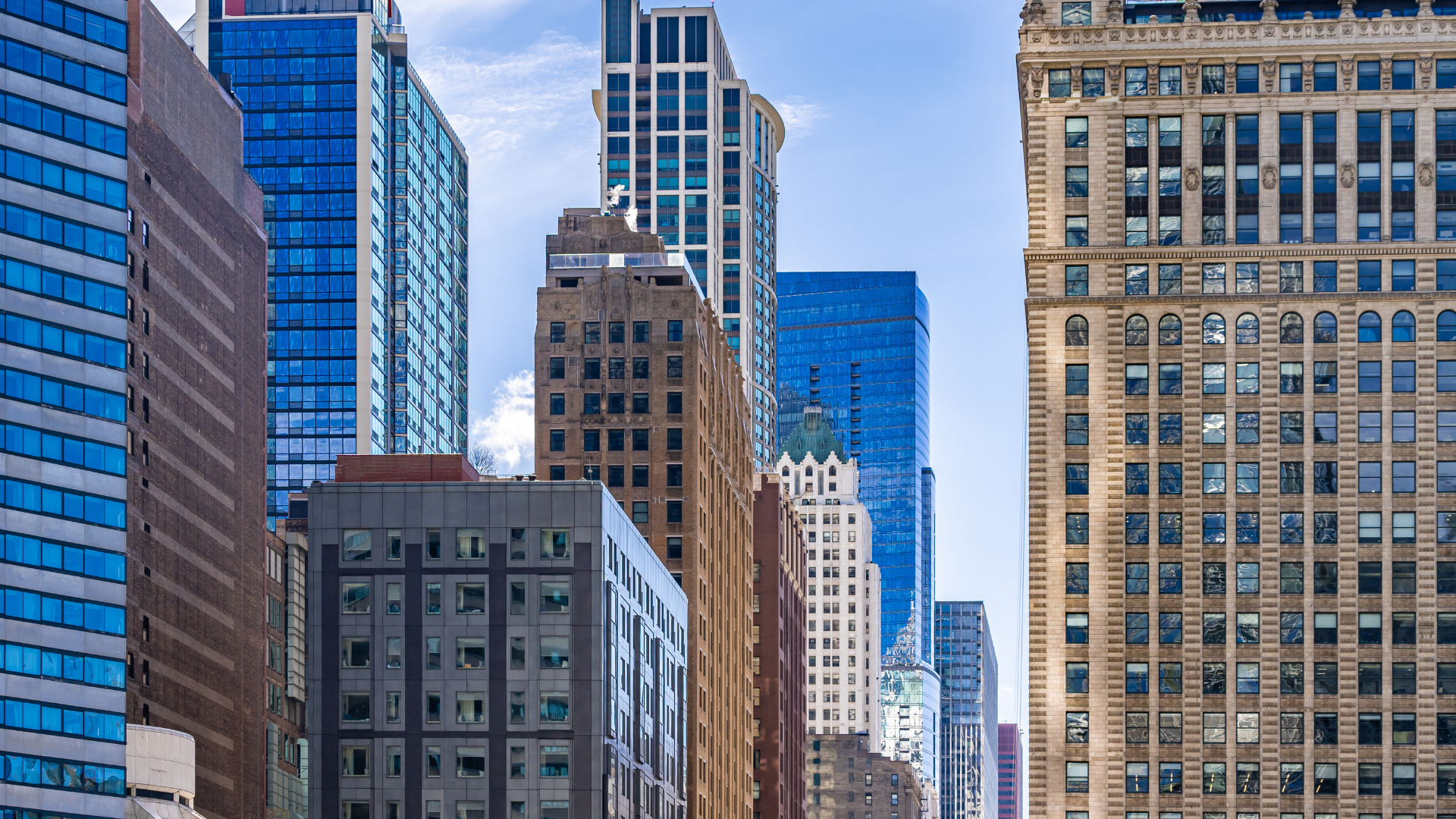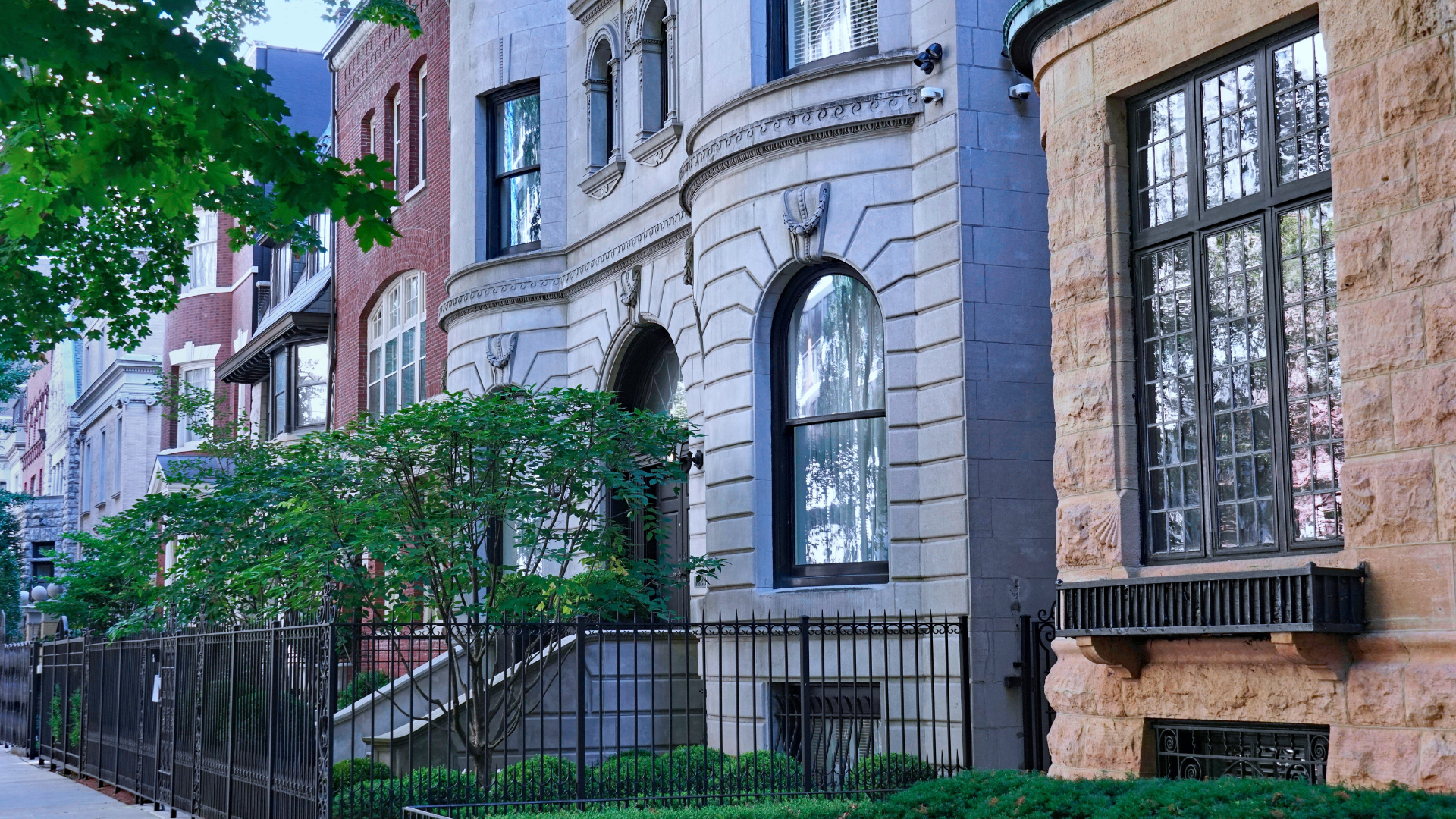For the past decade, a few trends have risen above the algorithms to reign supreme. Shiplap comes to mind, along with the farmhouse chic look made popular by HGTV’s legendary Fixer Upper. Grey dominated color schemes — alternately moody or bright, but not simply white, with variable saturations and undertones. Millennial pink, too, rose to prominence, a rosy shade to complement whatever neutral paired with it. Cement tile was everywhere, a graphic punch to offset neutral baths and kitchens. And furniture began taking on a rounder, more serpentine or cloud-like quality following a long run of midcentury ubiquity.
With the rise of Instagram, Pinterest and yes, HGTV, trends go further and change more quickly than ever. Buyers want homes that are Insta story-ready, which can present a challenge: how to keep up with ever-changing consumer tastes? We went to the experts and consulted with several Chicago interior designers to see what’s hot, what’s not and what’s next for design trends.
COLOR
A frequent client request? “Help me love my home, and help me to not be afraid of color!” Claire Staszak, Centered by Design, said.
Color can be either a gamechanger or a space’s downfall — it’s crucial to use it correctly for your space and test colors out before slapping paint on the walls. While white and grey dominated most of the past decade, we’re starting to see more saturation and jewel tones creep back into prominence.
“Crisp white is going to stick around for a while, but I still love contrast and bold pops of color to contrast the white,” Lauren Svenstrup, Studio Sven, said. “My current favorites are deep shades of aubergine and teal, and you can never go wrong with accenting architectural details in matte black.”
Black is definitely poised to have a moment. “Black is my new neutral going forward — I think a hint of black belongs in every room,” Brooke Lang, Brooke Lang Design, said. “It’s so easy to play with textures, from matte black plumbing finishes, to woven black leather barstools to a blackened steel fireplace surround. Anything with a little oxidation to them, a little tarnish or wear can really warm the space but still bring in a raw material.”
KITCHENS
Kitchens continue to be the heart of the home — and one of the most-renovated spaces where clients are willing to throw down some dollars to get the look they want. Again, neutrals like white (or grey) cabinets have been in high demand — though that may change in the year ahead.
“All-white kitchens had a big moment the last few years, and while we don’t necessarily think an all-white kitchen is ‘out,’ we are ready to give it a little break and let other colors have their moment,” Jennie Bishop, Studio Gild, said.
Staszak agreed. “Color, tile, statement hoods, mixed metals — you name it, it’s happening right now.”
Also on the horizon — kitchens that don’t scream “kitchen.” “We love incorporating panel-ready appliances that integrate into the beautiful surrounding cabinetry, and love designing hidden pantry cabinets that conceal the essentials, like microwaves and coffee makers,” Svenstrup said.
You can thank movements towards more sustainable consumption for this trend. “An increasing number of clients are doing away with upper cabinets and opting for just lower cabinets with a full wall of backsplash or just a short backsplash with an interesting wall treatment,” Lang said. “In the absence of perceived additional storage, clients are simply decluttering and getting more organized with their base cabinets so there’s less to store and more space in the room.”
And while you’re considering your options, don’t forget about technology. It’s amazing how many of the new appliances on the market can be controlled with the touch of a button on your phone. “I’m excited to see the luxury side of kitchen design not only incorporate beautiful colors, exotic textures and custom finishes, but also embrace technology, [including] personal assistants such as Google or Siri, as well as new technology [allowing you] to preheat your oven, start your dishwasher or take a virtual look into your refrigerator to see if you’re out of milk,” Erik Kolacz, Contrast Design Group, said.
BATHS
Another space where technology is becoming more of a priority? Bathrooms. “Integrating technology in the bathroom will soon become the standard,” Kristen Ekeland, Studio Gild, said. “Think digital shower controls and speakers, faucets with electronic timers to cut down the amount of water wasted, and bathtubs with a chromatherapy function.”
And bathrooms are also moving to more bold design territory. “Terrazzo is big as a material, as is using tile all over, not only on floor and shower walls,” Staszak said.
Statement making marble has also moved beyond the kitchen and into the bath, as well. “Bring maximalist marble vibes into the home for a show stopping statement,” Lang said. “I love this style because it’s really about the beautiful, bold patterns for a dramatic effect. I’ve seen arabascato “blue-cheese” marble on every bathroom surface, from the walls bookmatched to the tub.”
TEXTILES
It’s not just the built environment — accessories are having a major moment, particularly textiles. Layering rooms with a mix of colors, patterns and fabrics really makes the design sing. “Texture, scale and color make for an interesting mix to the eye,” Staszak said. Svenstrup agreed. “We’re loving nubby textural solids, the more texture the better!”
An unexpected — but impactful — place to incorporate textiles? Your walls. “Woven tapestries and knotted macramé make for the perfect wall hanging and bring life and movement to a space that framed artwork just can’t,” Melissa Benham, Studio Gild, said.
TIP: “A good formula for a winning pillow combination is to keep the color palette tight and use one big print, one small print and one textured material.” – CLAIRE STASZAK
WHAT’S TRENDING NEXT
There are a few major trends that are on the verge of breaking through again in very modern ways.
One is cane detailing, a very textural, classic trend. “The natural, woven quality of cane paired with modern furniture is a pairing we can’t get enough of,” Bishop said. “This detailing can be applied on anything from cabinet doors to dining room chairs.”
The other means your furniture is about to get a little groovier. “First popular in the ’60s and ’70s, curved furniture is making a comeback,” Ekeland said. “Offering less structure and more asymmetry, curved furniture brings a softer, more organic element to the space.” Try a curvy sofa in a rich, soft velvet or nubby boucle to make a big statement. Looking for a smaller way to incorporate the trend? A pillowy armchair or pouf will do the trick.
EASY UPDATES
Looking to make a big bang on a budget? Our designers shared where a little extra love goes a long way.
“Make your entry look amazing and welcoming, with lots of personality,” Staszak said. This can inject energy into your home the minute you walk through the door. You can accomplish this with paint or wallpaper — we love renter (and trend)-friendly removable wallpaper sheets.
Another easy upgrade? It’s all in the details. “Upgrading baseboards, trim and doors to a more modern profile and upgrading lighting, light switches and outlets can give the impact of a high-end feel and a newer home,” Svenstrup said.
Finally, have some space in the floor plan to play? “A dedicated laundry room on both the main and upper floor of the house may seem excessive, but it’s a major game changer,” Benham said. “Not having to lug dirty laundry from floor to floor helps make it feel less like a chore.”
Good Bones
Floorplan is key to design. “When starting a project, the thing that gets me the most excited is figuring out the best use of space,” Svenstrup said. “Of course, we want to design a beautiful home for our clients, but function should always come first. Little changes in a layout can have a huge impact on the day-to-day lives for our clients.”
This doesn’t mean knocking down all the walls — regardless what HGTV tells you. “Don’t get me wrong — I love when two rooms are combined to create a multi-use space, like an eat-in kitchen, or a great room, but I’m over the fully open concept plans where the entire first floor of a home is practically one open space,” she said. “There needs to be an entrance to the home with a landing spot, a place to hang a coat and take off your shoes… that isn’t in your formal living room. Open floor plans also kill the ability to change the wall color from room to room or give rooms different personalities. You have to pick one paint color for the entire first floor and then those walls continue up to the second floor and down to the open basement without any stopping point for color. Replace it with casing for doorway, or molding details — any stopping point that provides the opportunity for a transition. You don’t need to completely ditch the idea of an open plan, you just need to take it down a notch.”







